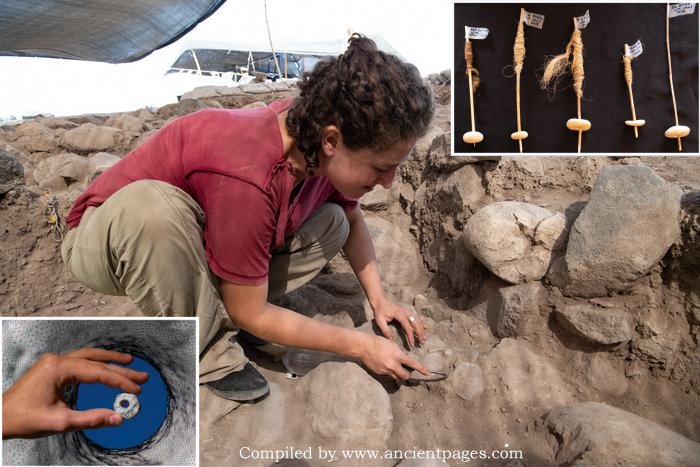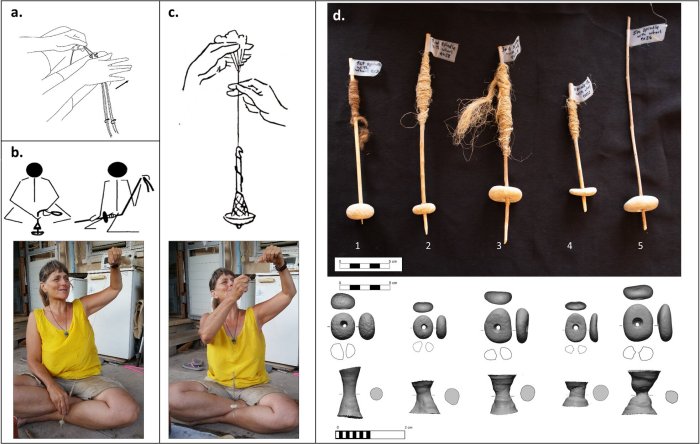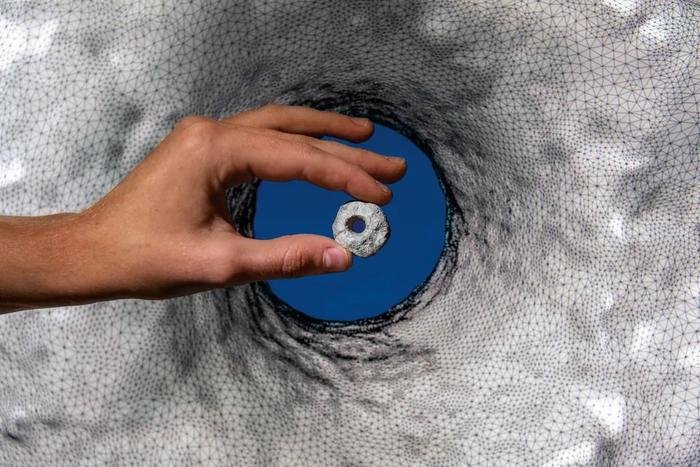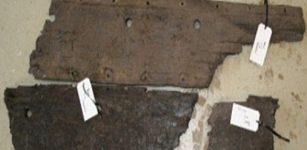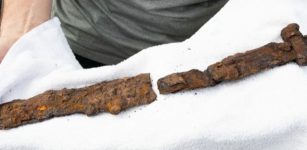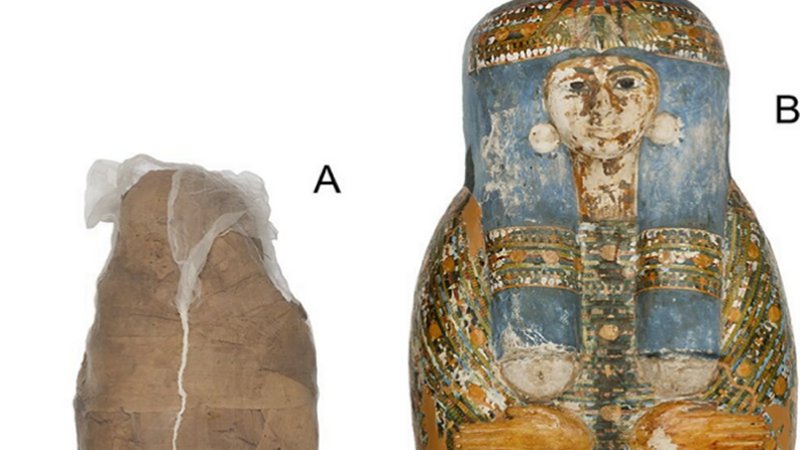12,000-Year-Old Stones Found In Israel Could Be Earliest Evidence Of Wheel-Like Technology
Jan Bartek – MessageToEagle.com – A recent study has proposed that a collection of perforated pebbles found at an archaeological site in Israel may have served as spindle whorls, marking a significant advancement in the development of rotational tools, such as wheels.
Talia Yashuv at the excavation site of Nahal Ein Gev II. Photographed by Naftali Hilger. Image compilation Ancient Pages
These donut-shaped objects, when connected to a bar to form a wheel and axle, represent an essential invention that drove technological progress and are typically linked to Bronze Age carts. Spindle whorls are similar devices—round, weighted objects attached to a spindle stick—that facilitate faster and longer rotation of the spindle, aiding in efficiently gathering fibers like wool or flax and spinning them into yarn.
The stones examined in this study were retrieved from the Nahal-Ein Gev II excavation site in northern Israel and date back approximately 12,000 years. This period marks the transition to an agricultural lifestyle during the Neolithic era, predating Bronze Age cart wheels by several millennia.
Spinning methods. (a) Manual thigh-spinning [64]; (b) Spindle-and-whorl “supported spinning” [68]; (c) “drop spinning” [66]; (d) the experimental spindles and whorls, the 3D scans of the pebbles and their negative perforations. The bottom pictures show Yonit Kristal experimenting spinning fibers with replicas of the perforated pebbles, using supported spinning and drop spinning techniques. Credit: Yashuv, Grosman, 2024, PLOS ONE, CC-BY 4.0
The researchers introduced an innovative approach for analyzing perforated objects using digital 3D models of both the stones and their negative spaces. They documented over one hundred primarily limestone pebbles with circular shapes featuring central perforations. Based on these characteristics and composition, they concluded that these stones were likely used as spindle whorls—a theory further supported by successful flax spinning experiments using replicas of these ancient stones.
A perforated stone from NEG II in front of its 3D model. Credit: Daniel Rolider for the Smithsonian Magazine
This collection of spindle whorls represents an early example of humans using a wheel-shaped tool for rotation. These artifacts may have paved the way for later rotational technologies, such as the potter’s wheel and the cartwheel, which were essential to the development of early human civilizations.
See also: More Archaeology News
The authors add, “The most important aspect of the study is how modern technology allows us to delve deep into touching the fingerprints of the prehistoric craftsman, then learn something new about them and their innovativeness, and at the same time, about our modern technology and how we’re linked.”
The study was published in the journal PLOS ONE
Written by Jan Bartek – AncientPages.com Staff Writer

